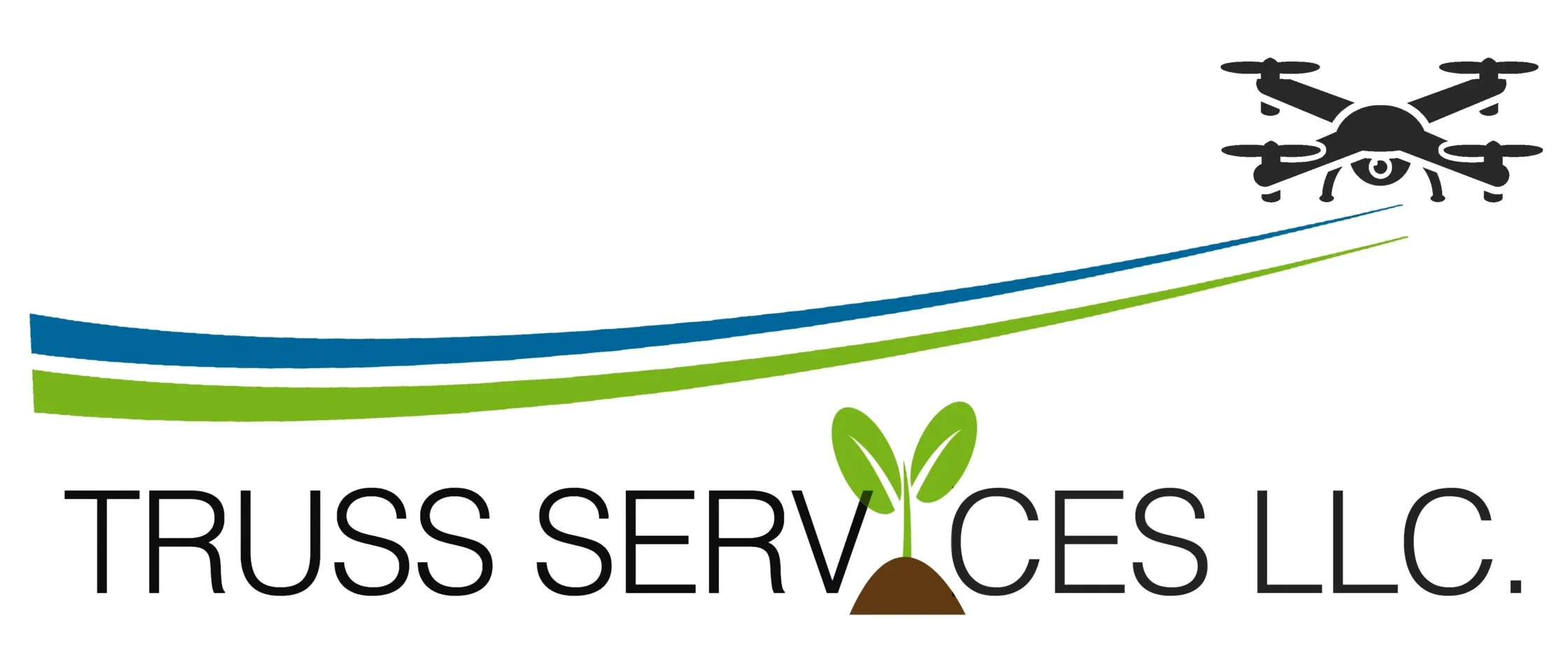Drone technology has exploded in recent years, especially in agriculture, surveying, and rural enterprise. Two names dominate the field: XAG and DJI. While both companies produce high-quality UAVs (Unmanned Aerial Vehicles), they cater to different needs, markets, and budgets.
Whether you’re a drone hobbyist, a rural business owner, or a grower looking to modernize your operation, this guide will walk you through the key differences between XAG and DJI drones—with insight into models, use cases, pricing, support, and what might be right for you.
Let’s dive in.
Table of Contents
1. Introduction to XAG and DJI
About DJI
Founded in 2006 in Shenzhen, DJI (Dà-Jiāng Innovations) is the world’s largest drone manufacturer. With global recognition for its Phantom, Mavic, and Agras lines, DJI dominates both the consumer and professional drone markets.
🔗 Visit DJI’s Official Website
About XAG
XAG, formerly known as XAircraft, is a China-based agricultural tech company with a focus on precision farming, spraying systems, and unmanned ground vehicles. Founded in 2007, XAG has emerged as a global leader in smart agriculture drones and AI-enabled farming solutions.
🔗 Visit XAG’s Official Website
2. Design Philosophy and Core Technologies
XAG designs are utilitarian, powerful, and specifically engineered for agriculture. Every design element—whether the rotor arms, spray tanks, or the radar systems—supports precision, safety, and efficiency in rough field conditions.
DJI takes a more multi-purpose approach, offering both prosumer and industrial-grade models with sleek builds and compact folding options. Their designs aim for flexibility across cinematography, surveying, mapping, and agriculture.
Key Differences:
| Feature | XAG Drones | DJI Drones |
|---|---|---|
| Core Focus | Agricultural applications | Wide range: hobby to industrial |
| Portability | Larger, modular systems | Compact, foldable designs |
| Customization | High — modular tanks & nozzles | Medium — some swappable payloads |
3. Agricultural Applications
This is where XAG truly shines. If you’re a farmer, co-op, or ag service provider, XAG was built with you in mind.
XAG Highlights:
-
Advanced RTK (Real-Time Kinematic) flight systems for pinpoint accuracy.
-
Spraying systems with adjustable nozzles and variable rates.
-
Autonomous field mapping and intelligent route planning.
-
Ground-based robotics like the R150 UGV for smart field transport.
🔗 Check out the XAG P100 Pro — a flagship drone for precision spraying and seeding.
At Truss Services LLC, we support drone-based agricultural solutions across the Midwest. From drone setup to training, our precision ag support can help you hit the ground running.
DJI in Agriculture
DJI offers the Agras series, particularly:
-
DJI Agras T50 for heavy-duty spraying
-
DJI Agras T25 for smaller field applications
While capable, DJI’s ag drones typically lack the modularity and ecosystem that XAG provides.
Explore Truss Services’ ag drone offerings
4. Recreational and Commercial Use
If you’re exploring drones for:
-
Aerial photography
-
Land surveying
-
Property inspection
-
Fun weekend flying
…then DJI is likely the better choice.
DJI Highlights:
-
The Mavic 3 Pro delivers pro-level imaging in a compact package.
-
The DJI Mini 4 Pro is under 249g and FAA registration-exempt.
-
DJI’s Fly app is intuitive and beginner-friendly.
XAG doesn’t offer consumer drones, so recreational users should look to DJI.
Need help choosing the right drone for non-agricultural use? Visit our Drone Consultation Page to speak with an expert.
5. Flight Performance and Battery Life
| Spec | XAG P100 Pro | DJI Agras T50 | DJI Mavic 3 Pro |
|---|---|---|---|
| Max Payload | 40L tank | 40L tank | N/A (not a spray drone) |
| Max Flight Time | ~15-25 minutes (loaded) | ~18 minutes (loaded) | ~40-45 minutes |
| Wind Resistance | Up to 12 m/s | Up to 12 m/s | Up to 10.7 m/s |
For heavy-duty rural work, both the DJI Agras and XAG models offer stability in wind and tough conditions.
However, for long-range recreational or survey use, DJI’s lightweight drones offer longer airtime and portability.
<a name=”autonomy”></a>6. Autonomy, Software & AI Integration
XAG
XAG’s SuperX 4 Pro flight controller and JetSeed AI engine allow:
-
Fully autonomous multi-field operations
-
Integration with satellite imagery
-
AI-assisted obstacle avoidance
-
Cloud-based mission planning
DJI
DJI’s Agricultural Management Platform and DJI Pilot 2 app offer:
-
Precise task planning
-
Live mission updates
-
Obstacle avoidance
Still, XAG’s AI edge and integration with other farming systems (e.g. tractors, field sensors) makes it more robust for enterprise ag clients.
